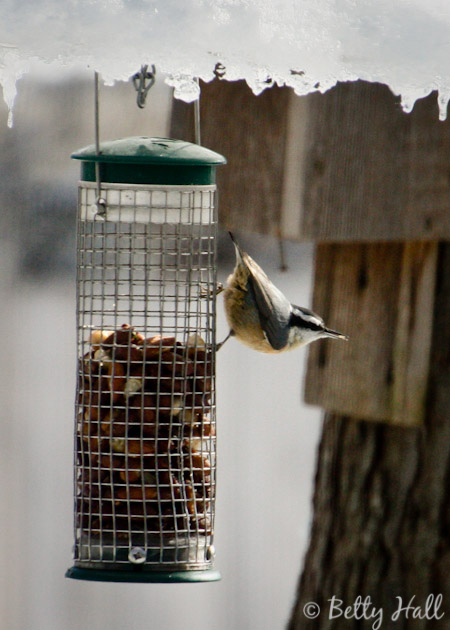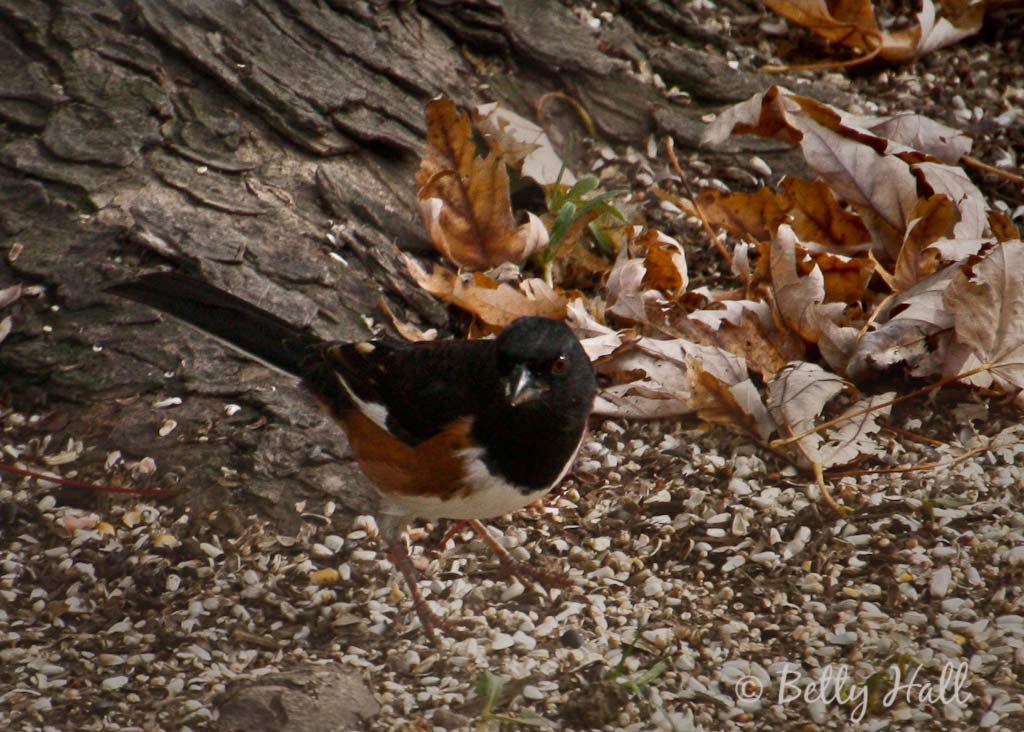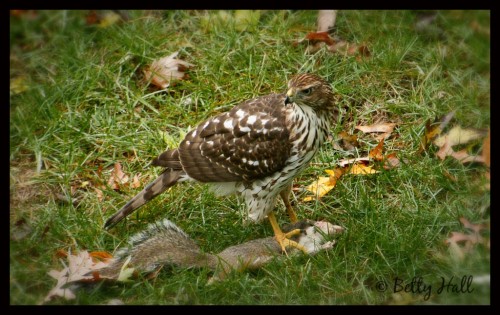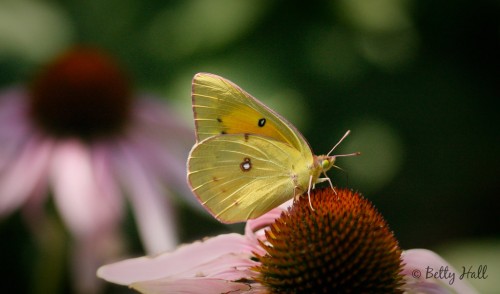Eastern gray squirrels (Sciurus carolinensis) are very much a part of our backyard. They are entertaining to watch. However, they also frustrate us by eating so much of our bird seed and digging where I’d rather they didn’t. When we saw a hawk eating one of them last week, I had mixed emotions.
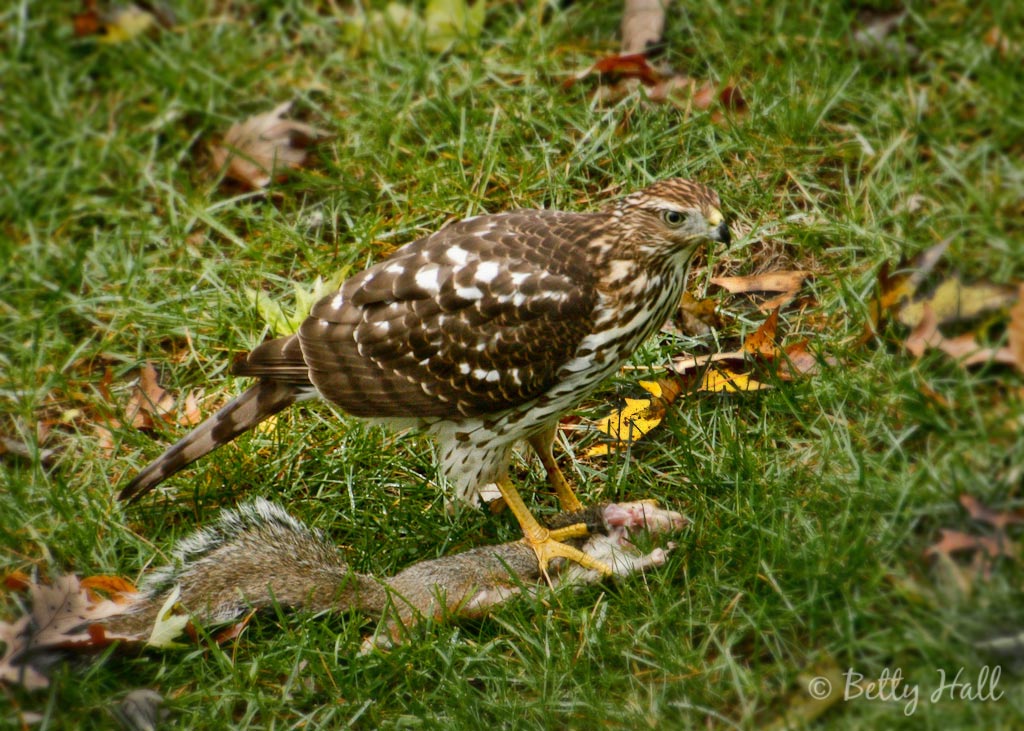
I felt sad for the squirrel. Yet I also appreciate the majestic beauty of hawks and the part they play in the balance of nature. I know they must eat to survive. Bottom line, I’m glad to have seen this hawk at close range, and also glad we still have squirrels in the backyard.
After checking our bird guides and the Cornell Laboratory of Ornitholgy website, our best guess is that this is an immature red-shouldered hawk (Buteo lineatus). If so, it’s the first one we’ve seen in our yard. If anyone has a different idea I’d be glad to hear from you.
